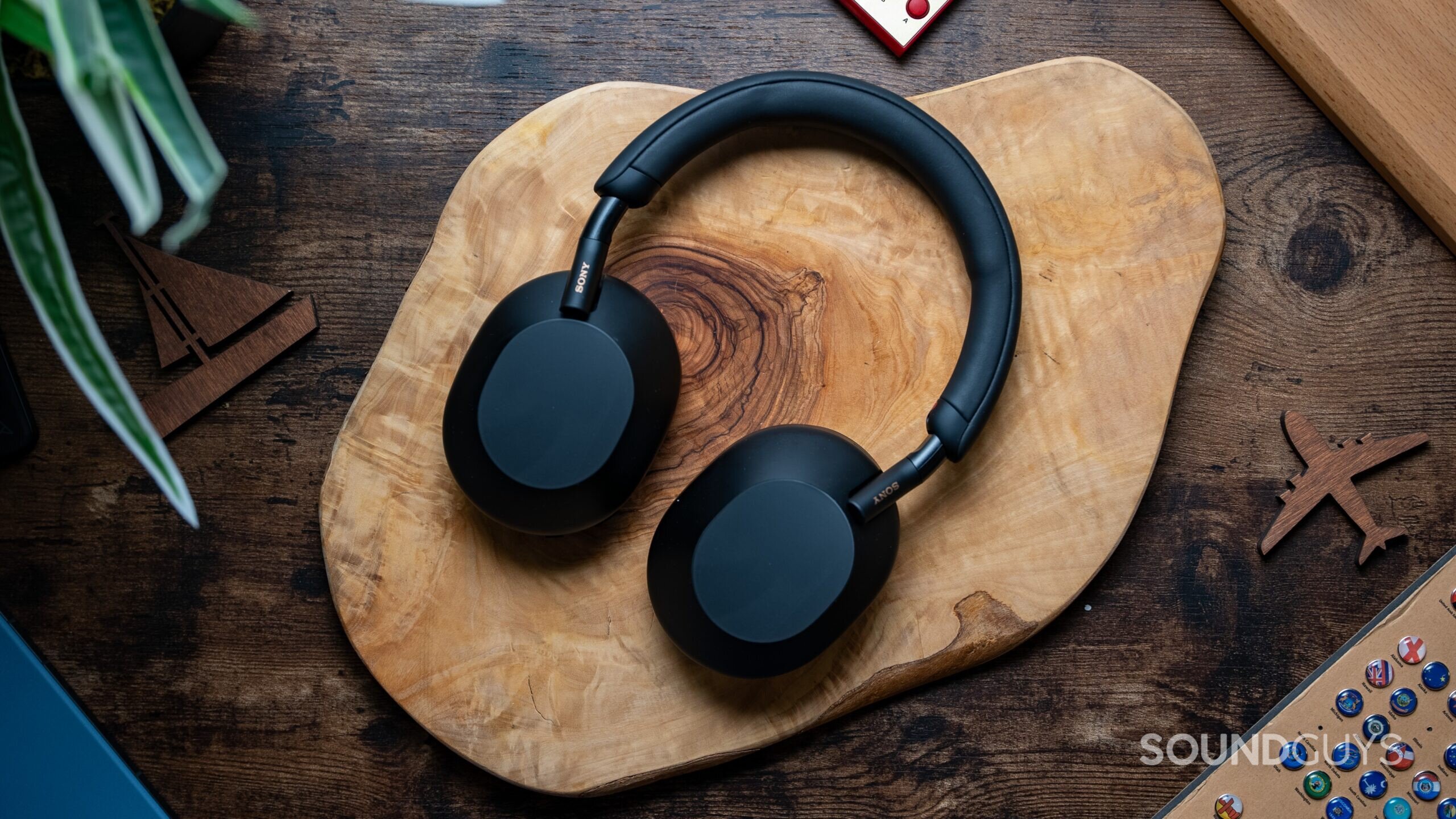Plastic vs. Wooden Furniture: Why Plastic Furniture is Becoming Popular in Pakistan
Furniture has always played a vital role in shaping the ambiance of homes, offices, and outdoor spaces.
Plastic vs. Wooden Furniture: Why Plastic Furniture is Becoming Popular in Pakistan
Furniture has always played a vital role in shaping the ambiance of homes, offices, and outdoor spaces. Traditionally, wooden furniture has been the go-to choice in Pakistan due to its aesthetic appeal, durability, and cultural significance. However, a shift is underway. Plastic furniture is rapidly gaining popularity across the country. This transformation isn't just a passing trend but a reflection of evolving consumer needs, economic factors, and environmental concerns.
This blog explores the reasons behind the rising popularity of plastic furniture in Pakistan, comparing it to traditional wooden furniture, and highlighting its benefits, significance, and potential challenges.
Top furniture shops focus on supportability, offering eco-accommodating furniture produced using dependably obtained materials.
1. Affordability and Economic Factors
One of the most compelling reasons for the growing preference for plastic furniture is its affordability.
Low Production Costs: Unlike wooden furniture, plastic products are mass-produced at a lower cost. The raw materials and manufacturing processes involved in making plastic chairs, tables, and storage units are considerably cheaper than those for wooden furniture. This cost advantage makes plastic furniture accessible to a broader range of consumers, including middle and lower-income households.
Economic Accessibility: With rising inflation and economic uncertainty in Pakistan, affordability has become a key decision-making factor for many families. Plastic furniture provides a cost-effective solution without compromising on basic functionality.
2. Lightweight and Portability
Ease of Movement: Plastic furniture is significantly lighter than wooden furniture, making it easy to move around. This portability is particularly useful in urban settings where space is limited and people frequently reorganize their living spaces.
Outdoor Usage: Due to its lightweight nature, plastic furniture is ideal for outdoor settings like gardens, patios, and rooftops. It can be easily transported and set up for events, gatherings, or temporary seating needs.
3. Durability and Weather Resistance
Contrary to popular belief, modern plastic furniture is highly durable.
Resistant to Moisture: Unlike wood, plastic does not absorb moisture, which means it won’t warp, crack, or rot. This makes plastic furniture particularly suitable for regions with high humidity or coastal areas in Pakistan.
Weatherproof: Plastic furniture can withstand harsh weather conditions, including rain and intense sunlight, without significant damage. This durability makes it an excellent choice for outdoor use, where wooden furniture might deteriorate quickly.
4. Low Maintenance Requirements
Easy to Clean: Plastic furniture is incredibly easy to clean and maintain. A simple wipe with a damp cloth or a quick rinse is often enough to keep it looking new. In contrast, wooden furniture requires regular polishing and can be prone to termite infestations.
Minimal Repairs: Plastic does not require frequent repairs. Wooden furniture, on the other hand, might need fixing due to issues like scratches, dents, or joint problems.
Note: plastic furniture in Pakistan offers common sense and flexibility for many purposes across home, business, and public settings.
5. Environmental Considerations and Sustainability
While plastic has long been criticized for its environmental impact, the narrative is shifting as more eco-friendly plastics and recycling technologies emerge.
Recyclability: Many plastic furniture products are now made from recycled materials, reducing their environmental footprint. In Pakistan, initiatives are growing around recycling plastics, contributing to a circular economy.
Conservation of Wood Resources: The increasing use of plastic furniture reduces the demand for wood, helping to preserve forests. This is crucial for environmental conservation efforts, especially as deforestation remains a global concern.
6. Variety and Aesthetic Appeal
Design Versatility: Plastic furniture is available in a wide range of designs, colors, and styles. Manufacturers can easily mold plastic into different shapes, offering consumers more options to match their interior decor.
Modern Look: For those seeking a contemporary aesthetic, plastic furniture often features sleek, modern designs that complement minimalist or industrial-style interiors.
7. Cultural and Lifestyle Shifts
Urbanization: With rapid urbanization in cities like Karachi, Lahore, and Islamabad, there is a growing demand for compact, versatile, and affordable furniture. Plastic furniture meets these needs, making it a popular choice for apartments and smaller homes.
Changing Preferences: Younger generations in Pakistan are more inclined toward modern and practical solutions. The convenience and affordability of plastic furniture align with their lifestyle choices.
8. Challenges and Potential Drawbacks
Despite its many advantages, plastic furniture is not without its challenges.
Environmental Impact: Although recyclable options are emerging, not all plastic furniture is environmentally friendly. Improper disposal can contribute to pollution. It is essential for consumers and manufacturers to focus on sustainable practices.
Perception Issues: Some people still perceive plastic furniture as inferior in quality compared to wood. Education and awareness about advancements in plastic materials can help change this perception.
Conclusion
The rising popularity of plastic furniture in Pakistan is driven by a combination of economic, practical, and environmental factors. It offers affordability, durability, and versatility that wooden furniture sometimes cannot match, especially for urban households. As sustainability initiatives grow and manufacturing technologies improve, plastic furniture is likely to become an even more integral part of the Pakistani lifestyle.
However, for this trend to be truly beneficial, responsible production and disposal practices must be prioritized. By choosing high-quality, recyclable plastic furniture, consumers can enjoy its many advantages while contributing to a more sustainable future.
What's Your Reaction?
 Like
0
Like
0
 Dislike
0
Dislike
0
 Love
0
Love
0
 Funny
0
Funny
0
 Angry
0
Angry
0
 Sad
0
Sad
0
 Wow
0
Wow
0














































